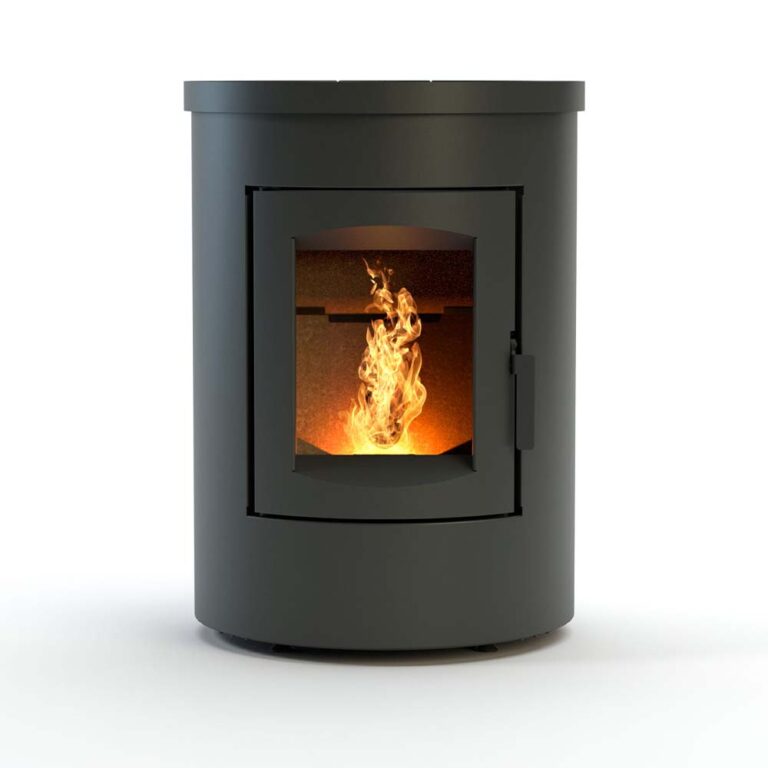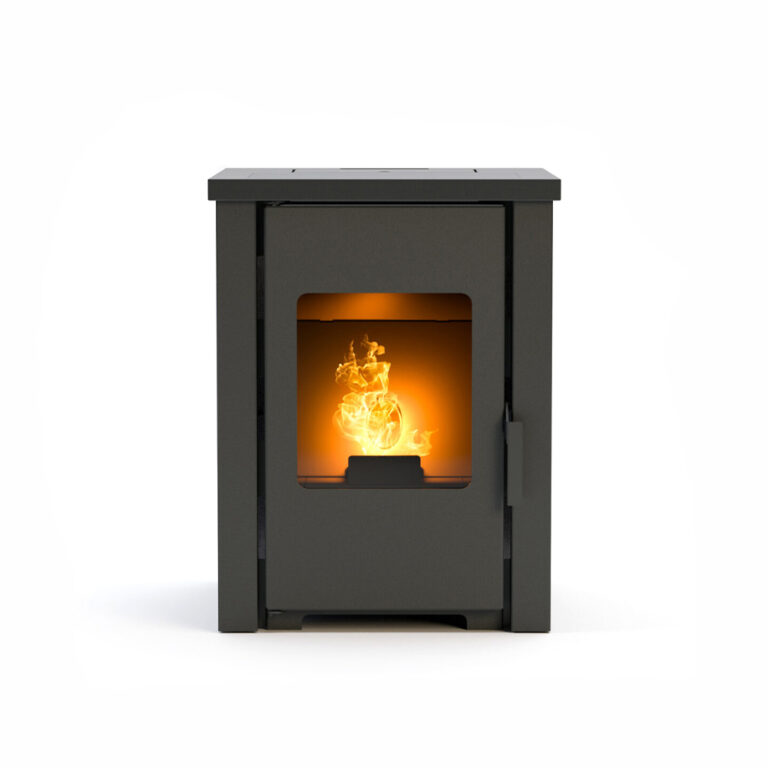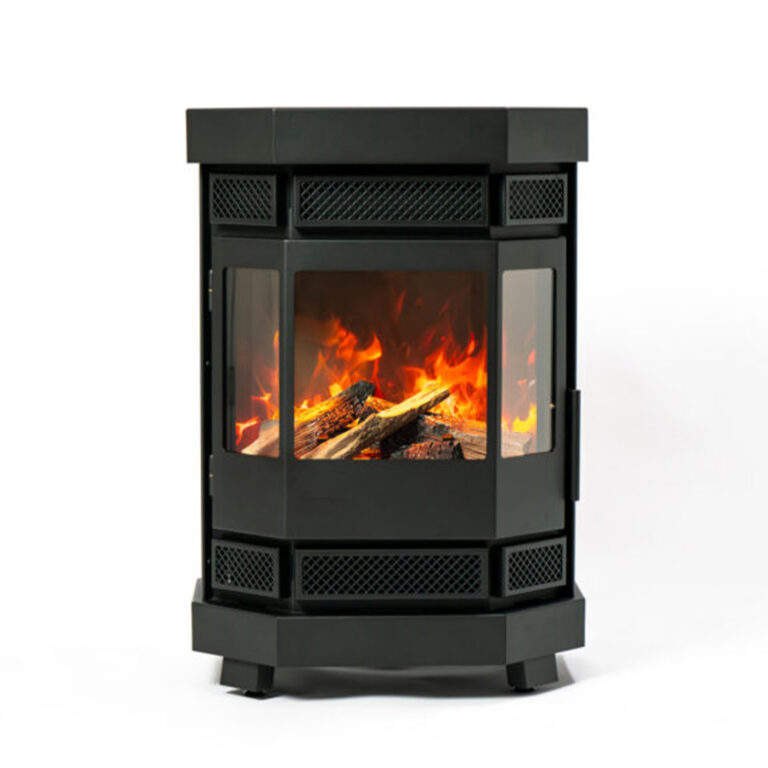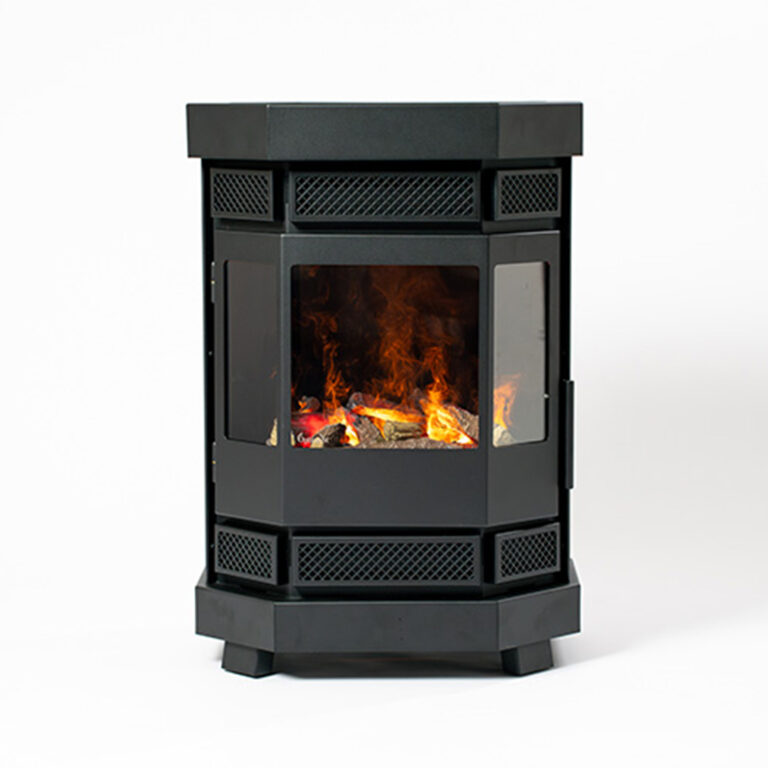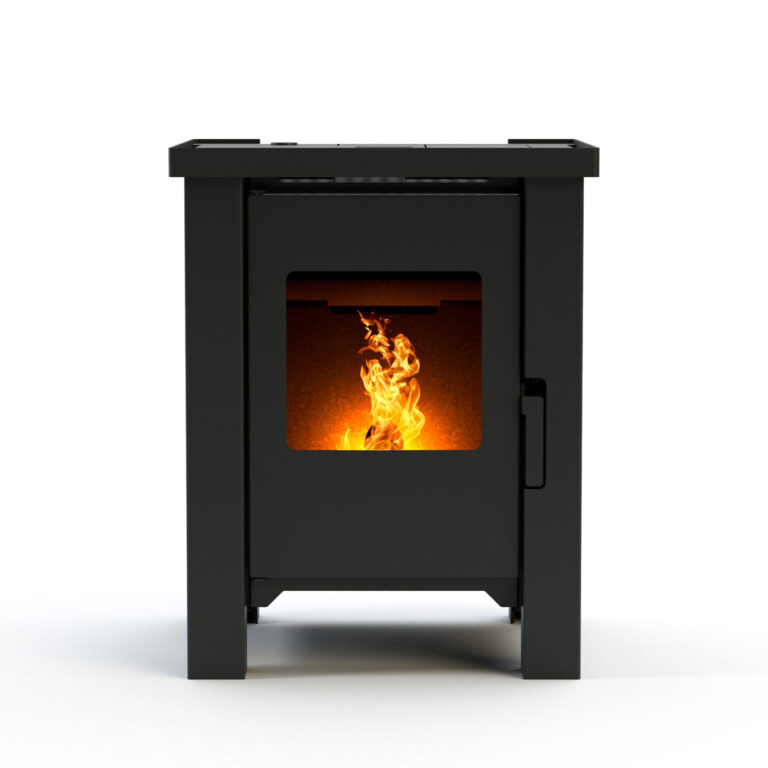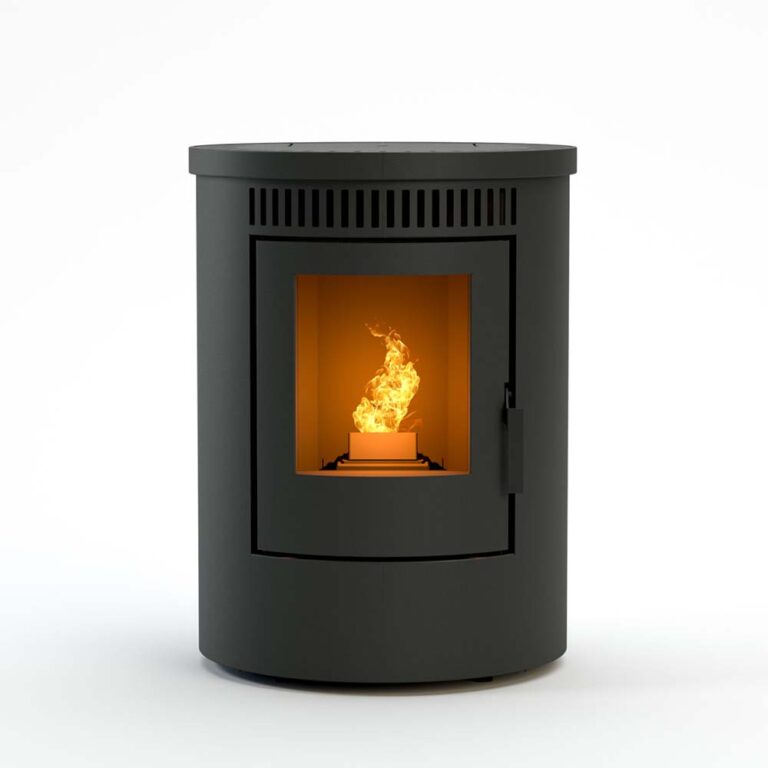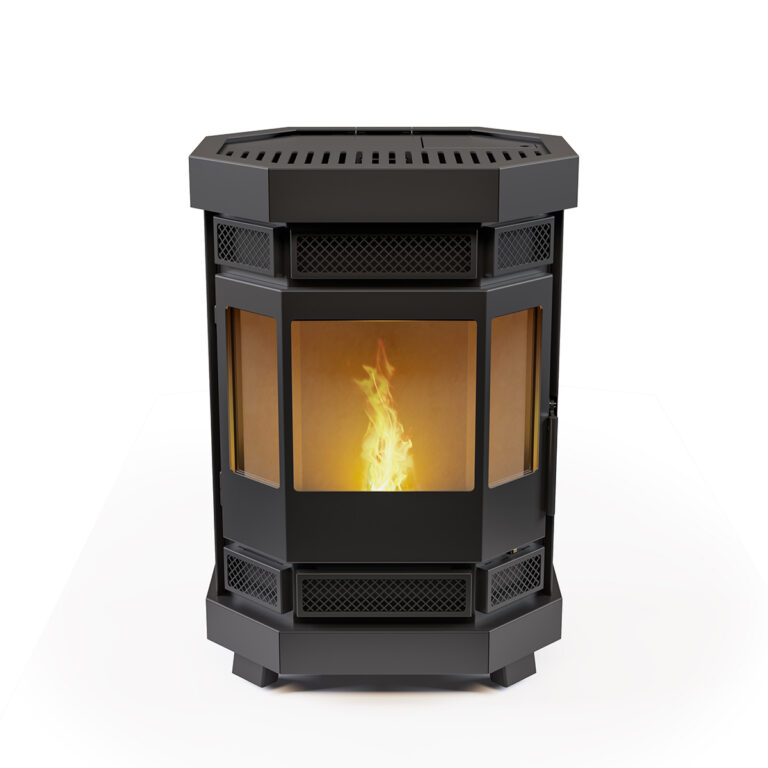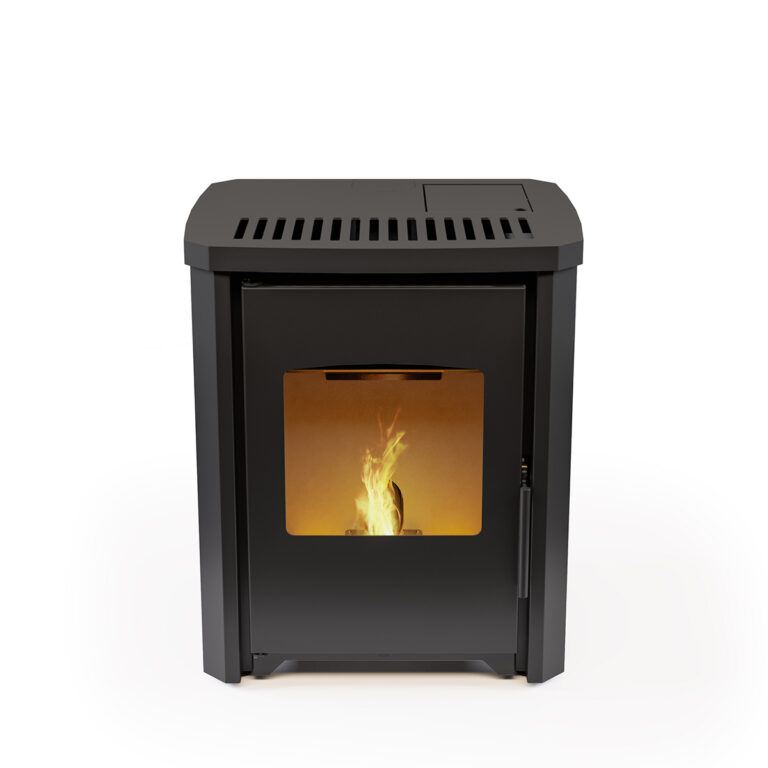Buying a pellet stove
Contemporary pellet stoves made in the Netherlands
Duroflame pellet stoves
Silence in the home
When you’re sitting in your comfy chair enjoying the flames, you don’t want to be disturbed. With us, you have the choice: a quiet room fan or a modern heat exchanger without a fan.
Duroflame pellet stoves are designed for the Dutch living room. This results in a slightly lower rated output than usual.
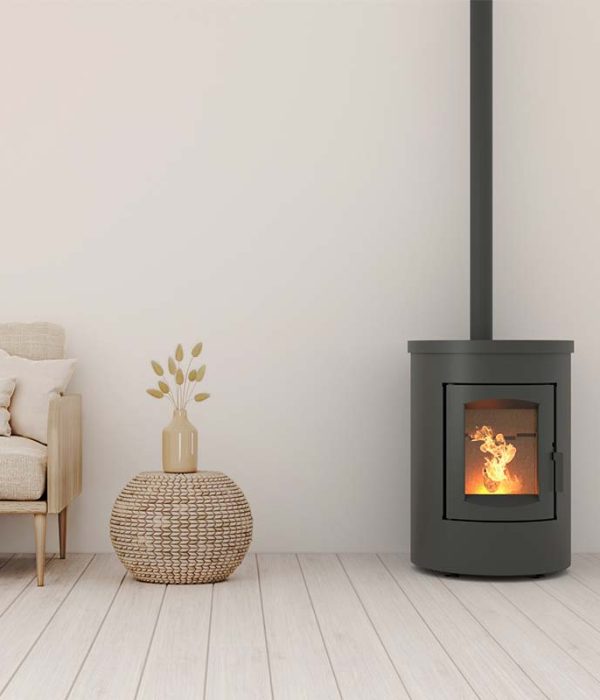
Our models
Looking for pleasant warmth in your home?
The Duroflame range consists of 7 distinctive pellet stoves and 2 electric fireplaces. Wondering which model suits you?
About Duroflame
Contemporary pellet stoves made in the Netherlands
Duroflame stoves are designed, developed and manufactured in our modern pellet stove factory in the far north of the Netherlands. A place where creative, progressive craftsmen take great pleasure in manufacturing clean, safe and quiet pellet stoves day in, day out.
Our team
Modern technology
from Duroflame
How does a Duroflame pellet stove actually work and why it is important to know how a pellet stove works?
The continuous focus on how it can be more efficient, sustainable and cleaner makes Duroflame an innovative player in the pellet stove market. This drive for innovation is also reflected in our modern factory in Bedum. Duroflame’s pellet stoves are manufactured with advanced machinery. And if the machine we need to develop our pellet stoves does not exist? Then we make it ourselves.
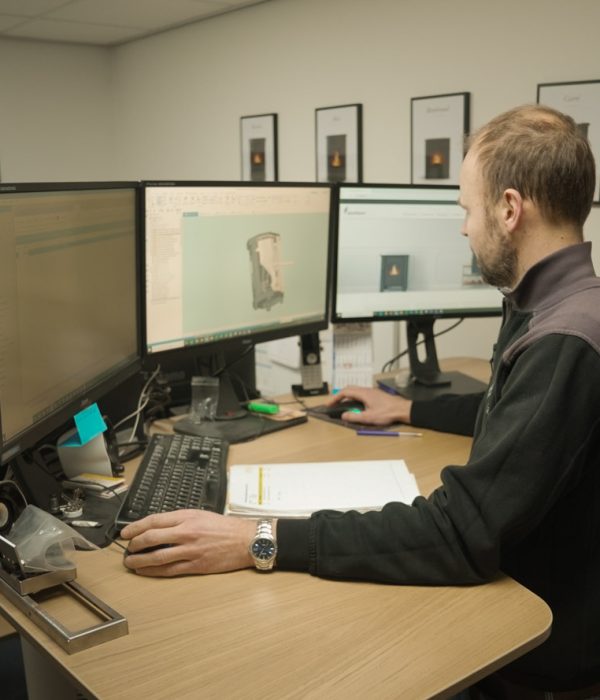
Duroflame
Durable & pleasant heat
The high level of combustion and low CO2 emissions make pellet stoves the sustainable alternative for anyone who wants to enjoy the pleasant warmth of an open fire. The advantages of a Duroflame pellet stove:
- Lots of power and at the same time very quiet
- Convenient display hidden in pellet tank and remote control/mobile app
- Smart timer function and weekly setting
- Remote assistance in case of problems
Our models
Advantages of a pellet stove
At Duroflame, we work every day to design and produce the very best pellet stoves. We actively listen to the feedback we receive from our end users and points of sale. This gives us a good idea of the advantages and disadvantages of pellet stoves for users in the Netherlands.
The 6 advantages of a pellet stove
Let’s start with the fun part. Do you want to know what the benefits of a pellet stove are? We have listed the benefits for you.
1. The pellet stove is the easiest wood-burning stove available
As nice as it sometimes is to enjoy splitting wood outside and then lighting your own fire, we ourselves are even more charmed by the comfort of a pellet stove that starts itself up in mere minutes. Just as we no longer need to crank cars and the floppy disk has become cultural heritage, the pellet stove is taking over the role of the wood-burning stove. Convenience serves man, after all.
Add to that our handy control unit, which allows you to set your weekly schedule and switch off the stove with a timer.
2. It doesn’t get more efficient than a pellet stove
A good pellet stove burns very efficiently. As the combustion process is fully controlled by the stove, combustion always takes place cleanly and efficiently. Not only at full output, but also when the required output is lower.
In addition, some pellet stoves, including the Duroflame pellet stove, are equipped with an extra heat exchanger. Here, residual heat from the stove is also used to heat air. Thanks to this technology, efficiency rises above 95%.
3. Pellets are durable sawdust
Pellets are pressed from residues from professional sawmills: wood shavings, sawdust and wood chips are pressed in a pellet mill into the small pellets you can put in your pellet stove. This residual flow is thus fully utilised. It is very sustainable!
In addition, pellets have a low moisture content and, due to their shape, a relatively large combustion surface. So they burn faster and better than, for example, a solid piece of wood.
4. Fewer emissions
MilieuCentraal states on their page on pellet stoves that it has been agreed internationally that emissions from burning biomass (which includes wood pellets) are formally counted as ‘zero CO2’. Indeed, as forests are seen as CO2 stores, the CO2 released from burning is reabsorbed by replanting.
Here we do assume that the wood pellets come from responsibly managed forests. As a consumer, you can of course influence this yourself. You can check whether your pellets have a certification mark, such as DINplus, ENplus A1 or Better Biomass certification.
5. Firing with pellets is cheaper
It may sound crazy, but firing wood pellets is more economical than heating your home with gas coming directly from the gas pipe into your central heating boiler. Do the maths?
A m3 of natural gas costs on average €1.32 1 and contains as much energy as 1.7 kg of pellets 2. However, a kilo of ENplus A1 pellets costs on average €0.31 3, so 1.7 kilo of pellets costs €0.53. Your stove achieves an efficiency of around 95% 4, forgetting the efficiency loss on your central heating boiler for the sake of convenience.
For the same amount of energy, you then already pay 35% less!
If we compare this with 1 m3 of beechwood, pellets are even cheaper. A m3 of beech wood costs around € 200,- 5 and contains 2022 kWh of energy 6. You need 350 kg of pellets for the same amount of energy 7,8. The wood types oak and ash have similar numbers, for softwood this is much lower. However, 350 kilos of pellets at €0.31 per kilo only cost €109. We hereby equate the efficiency of wood stoves and pellet stoves for convenience.
Compared to firewood, you will therefore save up to 45% with pellets!
In addition, a pellet stove has the advantage that you heat locally: you do not need to fill an entire CV system with hot water, but only generate heat where you need it. Ideally, you should therefore turn down your CV a degree and add heat with your pellet stove when you need it. A pellet stove is especially suitable in combination with underfloor heating, as these systems react rather slowly and a pellet stove reacts very quickly.
Then you are both green and economical!
6. Wood pellets do not cause earthquakes
Let’s end at our location. Our factory is located in the beautiful Groningen village of Bedum. Not only known as the birthplace of Arjen Robben, but unfortunately also located in the earthquake zone of the Groningen gas field.
Like no other, we are familiar with the misery that gas extraction can cause. This gives us extra motivation to reduce gas consumption through pellet stoves.


